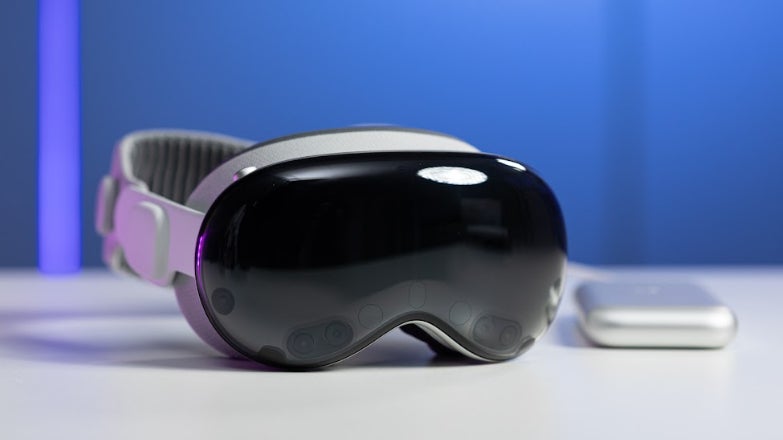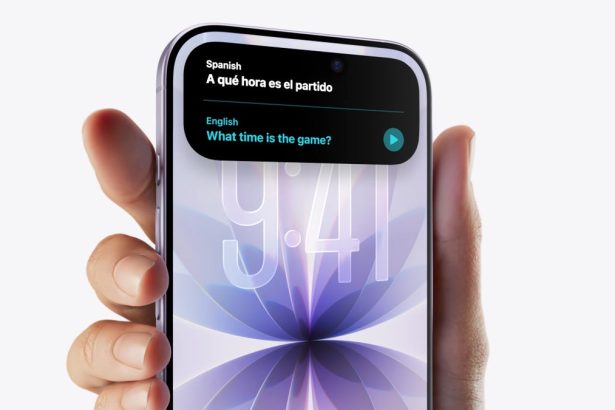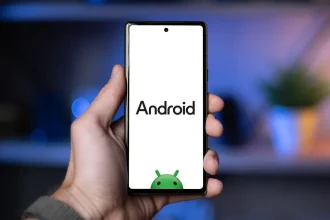Apple’s high-end mixed reality headset, the Vision Pro, may soon see a sequel, the Vision Pro 2, debuting alongside the iPhone 17 this year. However, initial reports suggest that the new headset may not significantly enhance the features that contributed to the challenges faced by its predecessor.
The tech giant is focusing on improving the headset’s capabilities in running artificial intelligence applications. Although Apple’s AI offerings have historically fallen behind its competitors, the company is increasingly investing in this area to improve performance. The Vision Pro 2 is set to feature a new M4 chipset, a notable upgrade from the M2 in the original model, which should enhance the speed and efficiency of its AI functionalities.
Importantly, Apple is also addressing comfort issues. Users found the Vision Pro heavy and its strap uncomfortable, prompting the company to explore various head strap designs aimed at minimizing neck strain.
While the Vision Pro 2 is anticipated to be revealed later this year alongside the new iPhone series, details on new content, potential price reductions, or support for existing VR applications remain vague. One of the most pressing concerns is the high entry price of $3,499, which may deter even dedicated VR fans, particularly when additional purchases for accessories, such as the PSVR2 controllers, are required to enjoy top-tier VR games.
Competitors like the Meta Quest 3 and Quest 3S have increasingly appealed to users with their affordability and robust hardware, supporting a vast array of games and exclusive content. It appears that the Vision Pro 2 may serve primarily as a stopgap to maintain Apple’s presence in the extended reality market, while the company works on a lighter, more versatile product projected to launch in 2027, likely with expanded practical use cases.
As an advocate for the potential of virtual reality, it is reassuring to see Apple continue its commitment to this sector. Their ongoing participation may encourage broader industry engagement.Apple









